Tundra: An Overview
The tundra is a vast, treeless biome that is found in the Arctic and Antarctic regions, as well as on high mountains. It is characterized by extremely cold temperatures, low precipitation, and a short growing season. Despite its harsh conditions, the tundra is home to a variety of plant and animal species that have adapted to survive in this challenging environment.
Study Guide
What is the climate like in the tundra?
The tundra has a cold and dry climate, with temperatures that can drop as low as -30°F (-34°C) in the winter. Precipitation is low, mostly falling as snow, and the growing season is short, typically lasting only a few months.
What types of plants are found in the tundra?
Vegetation in the tundra is characterized by low-growing plants such as mosses, lichens, grasses, and small shrubs. These plants have adapted to the cold and windy conditions of the tundra, and often have shallow root systems to survive in the thin layer of soil covering the permafrost.
What animals live in the tundra?
A variety of animals call the tundra home, including iconic species such as polar bears, Arctic foxes, caribou, musk oxen, and migratory birds. Many of these animals have special adaptations, such as thick fur or feathers, to help them survive in the cold climate.
How do humans impact the tundra?
Human activities such as oil and gas extraction, mining, and tourism can have significant impacts on the tundra environment. These activities can disturb the delicate balance of the ecosystem and threaten the survival of tundra species.
What are some conservation efforts to protect the tundra?
Conservation efforts in the tundra include the establishment of protected areas, research on tundra ecosystems, and sustainable management practices to minimize human impact on the environment. These efforts are aimed at preserving the unique biodiversity of the tundra for future generations.
[Tundra] Related Worksheets and Study Guides:
.◂Science Worksheets and Study Guides Kindergarten. Our Earth
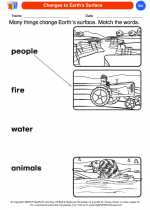
 Coloring Worksheet
Coloring Worksheet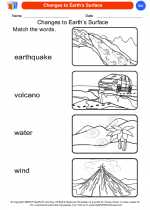
 Coloring Worksheet
Coloring Worksheet
 Coloring Worksheet
Coloring Worksheet
 Coloring Worksheet
Coloring Worksheet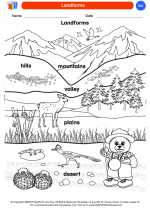
 Coloring Worksheet
Coloring Worksheet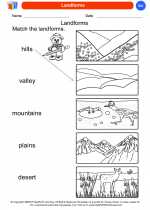
 Coloring Worksheet
Coloring Worksheet
 Coloring Worksheet
Coloring Worksheet
 Coloring Worksheet
Coloring Worksheet
 Coloring Worksheet
Coloring Worksheet
 Coloring Worksheet
Coloring Worksheet
 Coloring Worksheet
Coloring Worksheet
 Coloring Worksheet
Coloring Worksheet
 Coloring Worksheet
Coloring Worksheet
 Coloring Worksheet
Coloring Worksheet
 Coloring Worksheet
Coloring Worksheet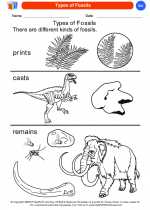
 Coloring Worksheet
Coloring Worksheet
 Coloring Worksheet
Coloring Worksheet
 Coloring Worksheet
Coloring Worksheet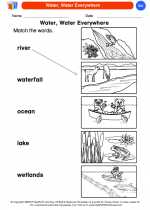
 Coloring Worksheet
Coloring Worksheet
